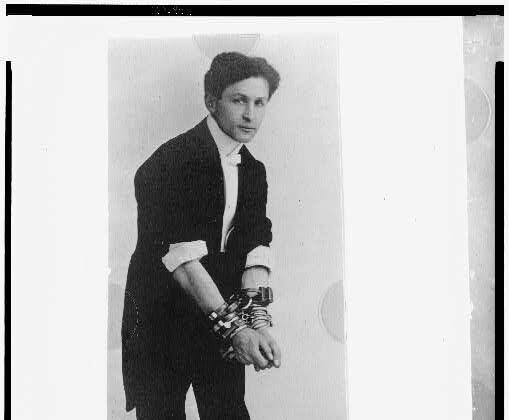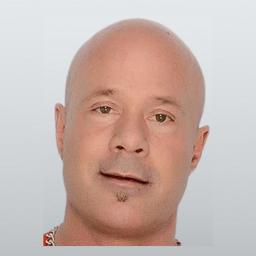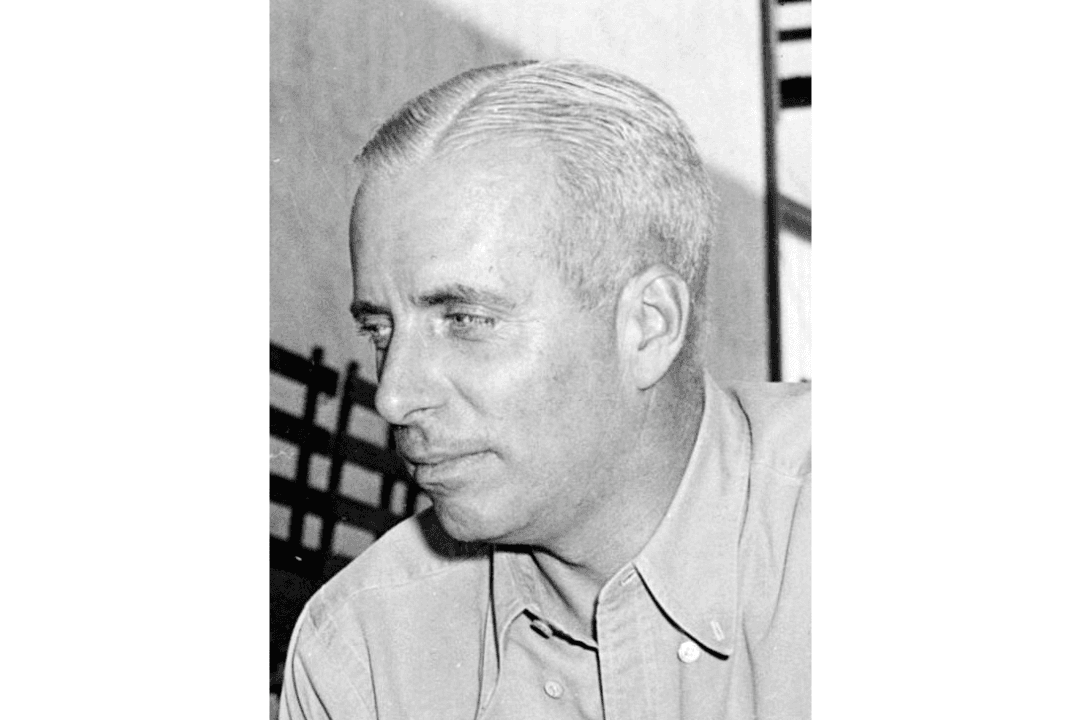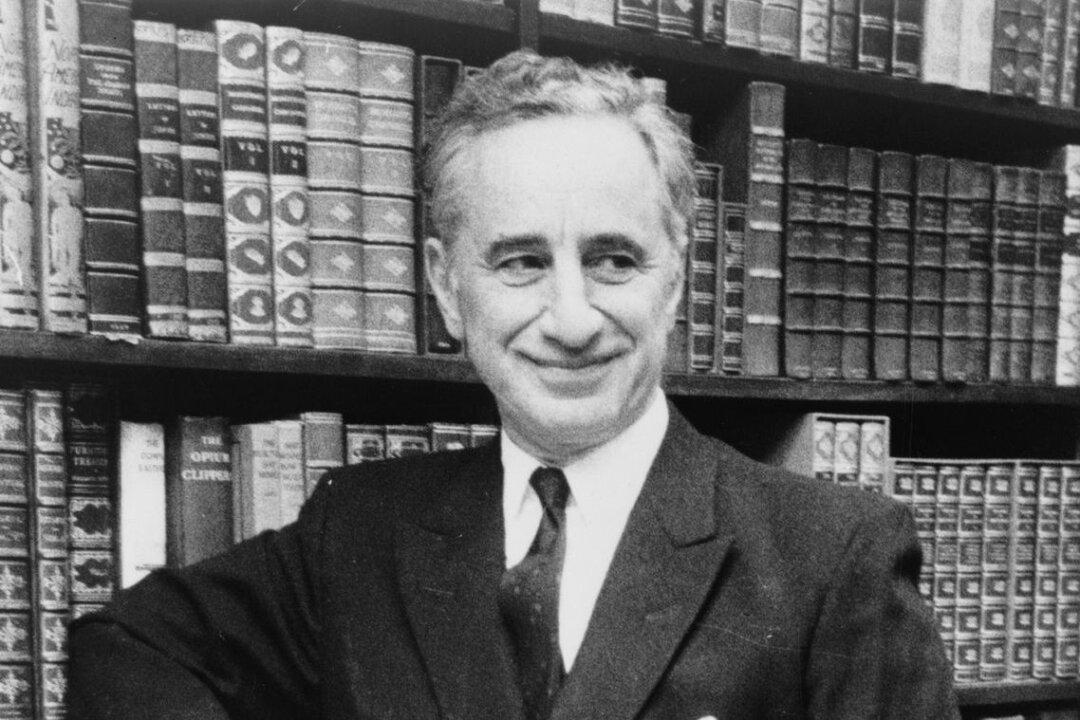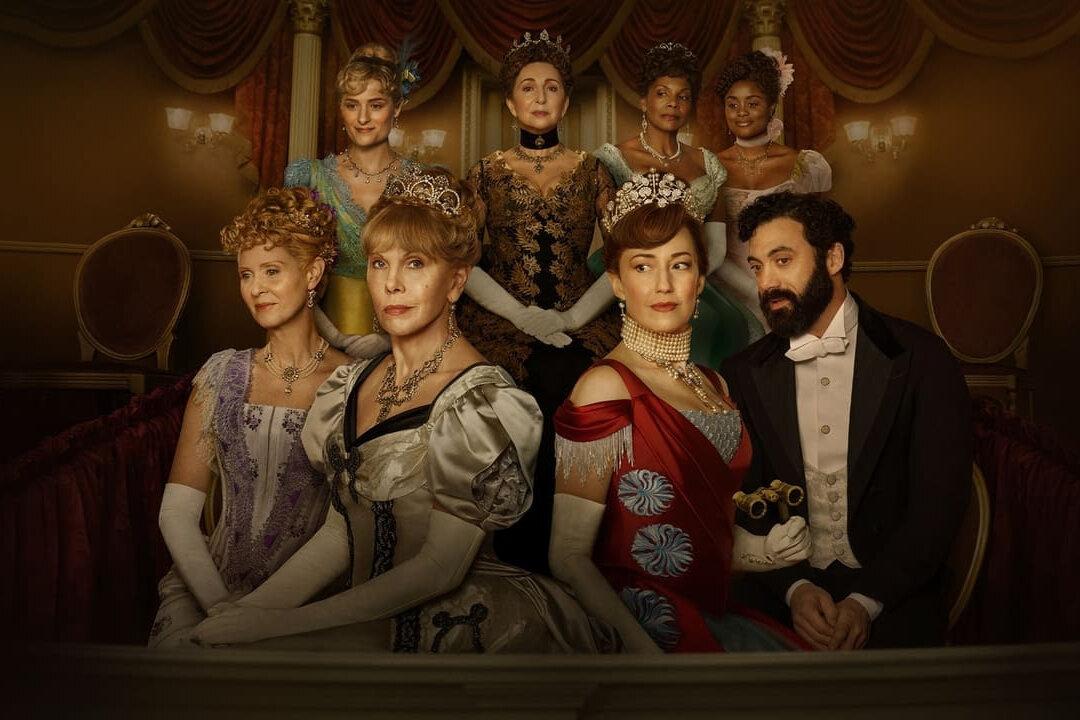Even today, nearly a century after his death, we say his name. The dog gets out of the yard, or the baby out of the playpen, and someone will say: “That little Houdini!” The name still stands for “magician” the way “Fido” stands for “dog.”
The funny thing is, Houdini wasn’t really a magician. Or rather, after failing as a magician, he reinvented himself in a new role that made him famous: the escape artist.
Houdini was actually born Ehrich Weiss (also spelled Erik Weisz) on March 24 in Budapest, Hungary. His father, Mayer Samuel, like millions of immigrants during that era, sought a better life in America. He found it in Appleton, a community so welcoming the Christian congregations helped raise money to build a temple for the Jewish families. These families promptly hired Mayer Samuel to be their rabbi. Overjoyed, he sent for his own family, including 4-year-old Ehrich, to join him.
The family was reunited, but the good times didn’t last. Rabbi Weiss, never comfortable with English, had continued saying prayers in German, irritating members of his congregation who already considered him too Old World. So they fired him.
Unable to find work in Appleton, Rabbi Weiss moved the family from town to town, and, finally, to New York City. But even there, no one wanted a rabbi who couldn’t speak English. Before he died, he made Ehrich promise that he would always care for his mother. Houdini kept that promise. He wrote: “I have loved two women in my time.” His mother and his wife.
Struggling to make ends meet in an East Side tenement was a humiliating comedown for the family of a respected clergyman. Ehrich worked long, grim hours cutting fabric in a sweatshop, but he found a positive outlet for his frustration in sports. His compact, muscular physique was ideal for boxing, swimming, and running. He excelled at all three.

When teenage Ehrich and his friend Jacob read the memoirs of the great French illusionist Jean-Eugène Robert-Houdin, they decided magic was their future. As a tribute to their idol, they called themselves “The Brothers Houdini.” Their act wasn’t much, but they had one good illusion called “Metamorphosis.” Jacob and audience volunteers would tie up Ehrich and lock him in a trunk. The curtain would close for a moment, then reopen to reveal Ehrich set free. When volunteers unlocked the trunk, they found Jacob, trussed up like a turkey.
The “Metamorphosis” intrigued audiences, but the pair’s other tricks didn’t. Discouraged by their lack of success, Jacob left the act. Ehrich, now calling himself Harry Houdini, found a replacement—and married her. Bess Rahner was a Catholic, but Harry’s mother liked her and approved of the union. Bess became his partner onstage as well as off. Barely five feet tall, she was the right size to sneak in and out of a trunk—and being so petite, she made her husband look taller.
After years of performing with his wife, Bess, in circuses, traveling medicine shows, and dime museums -- the lowest branches of show business -- Houdini began to wow the crowds on the vaudeville circuit with his handcuff escapes
For five long years, the Houdinis (now plural) played small towns, circuses, and even beer halls. Harry worked obsessively to refine and improve the act. He added two escape tricks: from handcuffs (locks had fascinated him since childhood) and from a straitjacket. The latter was dangerous, since the powerful contortions required to get out of it left Harry bruised, even bloody. But neither trick impressed audiences. They assumed the restraints were rigged.
Anyone else would have thrown in the towel and taken a “sensible” job. Not Harry. In small towns he drummed up publicity by daring the local gendarmes to restrain him. In his book “Spellbinder: The Life of Harry Houdini,” Tom Lalicki tells what happened next. “In Woonsocket, Rhode Island, police and newspaper reporters shackled Houdini with six sets of handcuffs and locked him in a room. He escaped in 18 seconds." The feat made the local news, but that was all.
Moving in one leap from beer halls to the posh Orpheum circuit unleashed all of Harry’s prodigious energy and ambition. Biographer Kenneth Silverman writes: “In fourteen dizzying months he became a star of American entertainment.”

The move also unleashed Harry’s gamesmanship. He and another magician cooked up a fake feud. Their sparring back and forth kept their names in the press. There’s another story of his performing in a vaudeville show headlined by a woman star. Upset by negative press stories, she left the show and the tour, which left Houdini as the headliner. Did Harry plant the stories? Very possibly.
By 1899, Houdini was a bona fide vaudeville star, earning $250 a week—almost half of the average American’s yearly income. Bess and his mother now lived in luxury, but Houdini was dogged by accusations that he hid handcuff keys on his person. His response took showmanship to a new level.
At that time, unlike today, nudity was forbidden in popular culture. Women’s dresses brushed the floor to prevent even a glimpse of ankle. Houdini wrote: “Why, I can do the trick stripped naked.”

Beginning at a San Francisco police station, he did just that, and repeated it all over the country. In Kansas City, a St. Louis paper reported: “He performed for the … police in a costume so brief, he had no place to conceal keys or wires." Provocative, yet tasteful, photos of the conjurer shackled in little but his birthday suit spread his fame far and wide.
In 1900, Houdini toured overseas, drawing crowds in England, Germany, and Russia. Bound, gagged, often nude or nearly so, he escaped from jail cells, bank vaults, and coffins. He defied drowning with underwater escapes. He got out of straitjackets while suspended upside-down, high above the ground.
He added new illusions to his act, like swallowing a handful of needles only to pull them out of his mouth neatly threaded on a string. In 1918, Houdini even made an elephant disappear onstage at the New York Hippodrome.

Modern magicians know how some of Houdini’s feats were accomplished. Others, they have no idea. Many would surely have been impossible without his strength and athleticism, not to mention his swimmer’s ability to hold his breath underwater.
In 1917, he patriotically volunteered for the army. Rejected as too old (he was 43) he sold Liberty Bonds and magically produced real gold coins onstage that he donated to soldiers.
Harry died in 1926 on Halloween, and was buried next to his beloved mother. Countless magicians have come and gone since then—but when that dog gets out of the yard, only one name comes to mind: Houdini.

